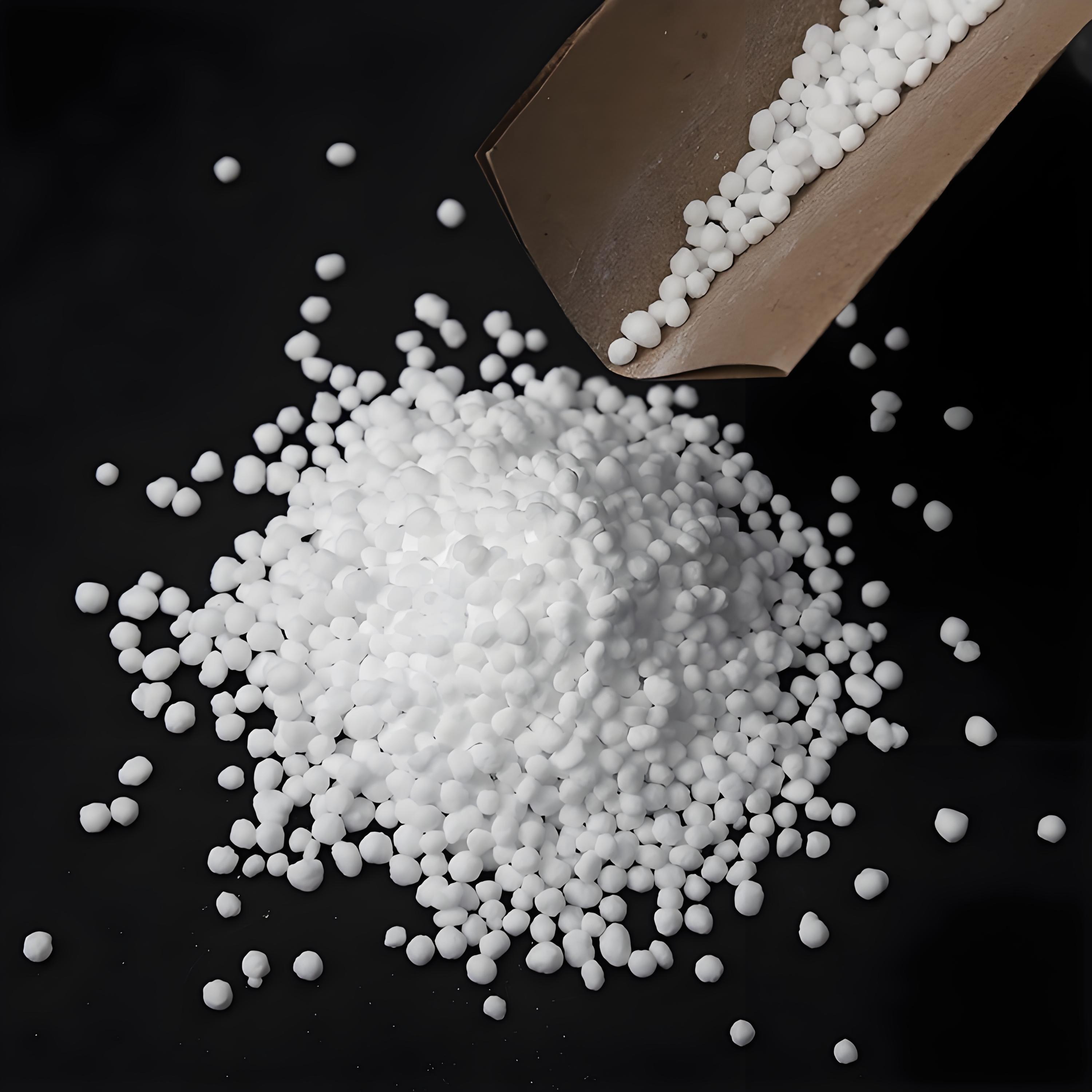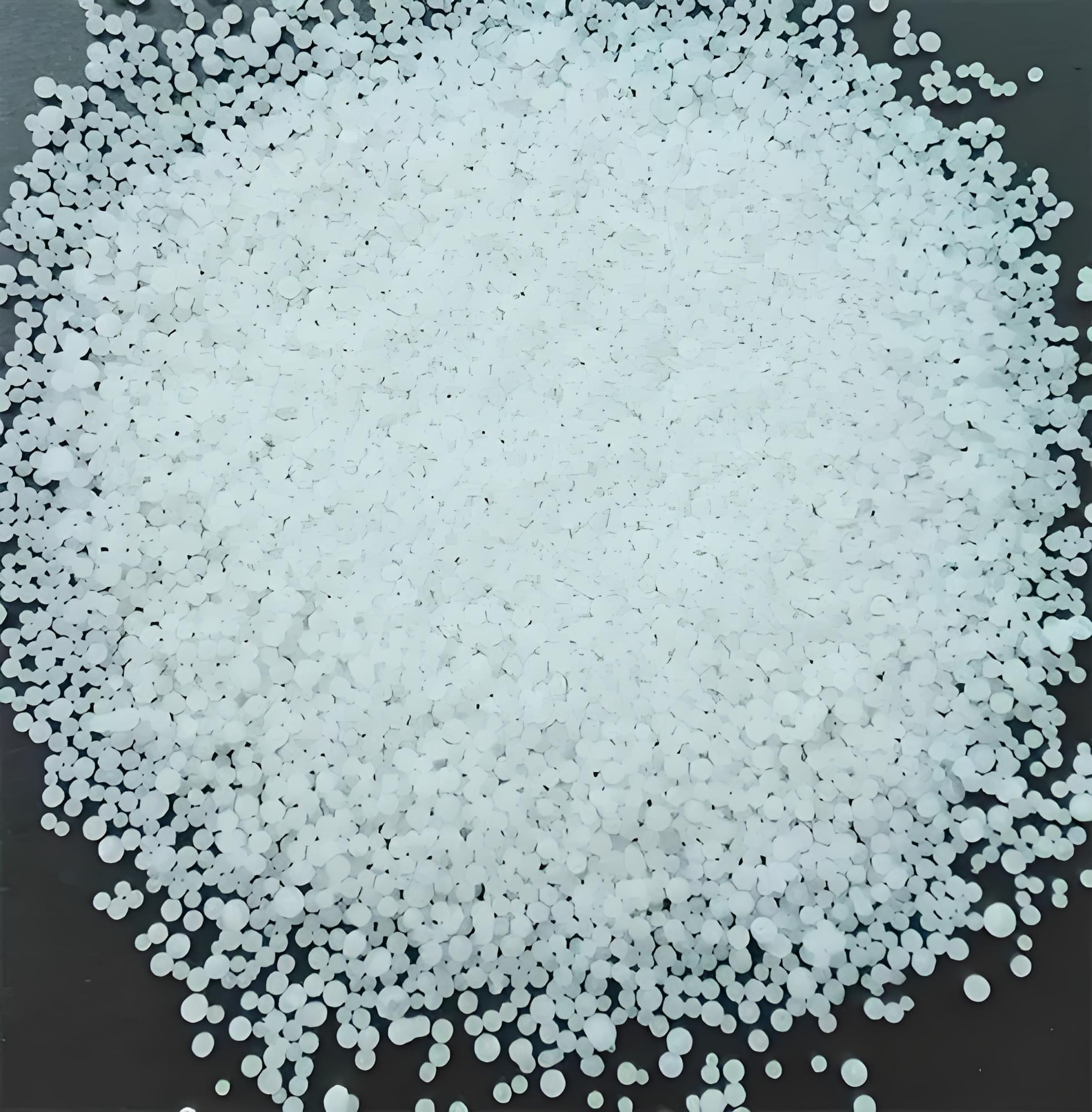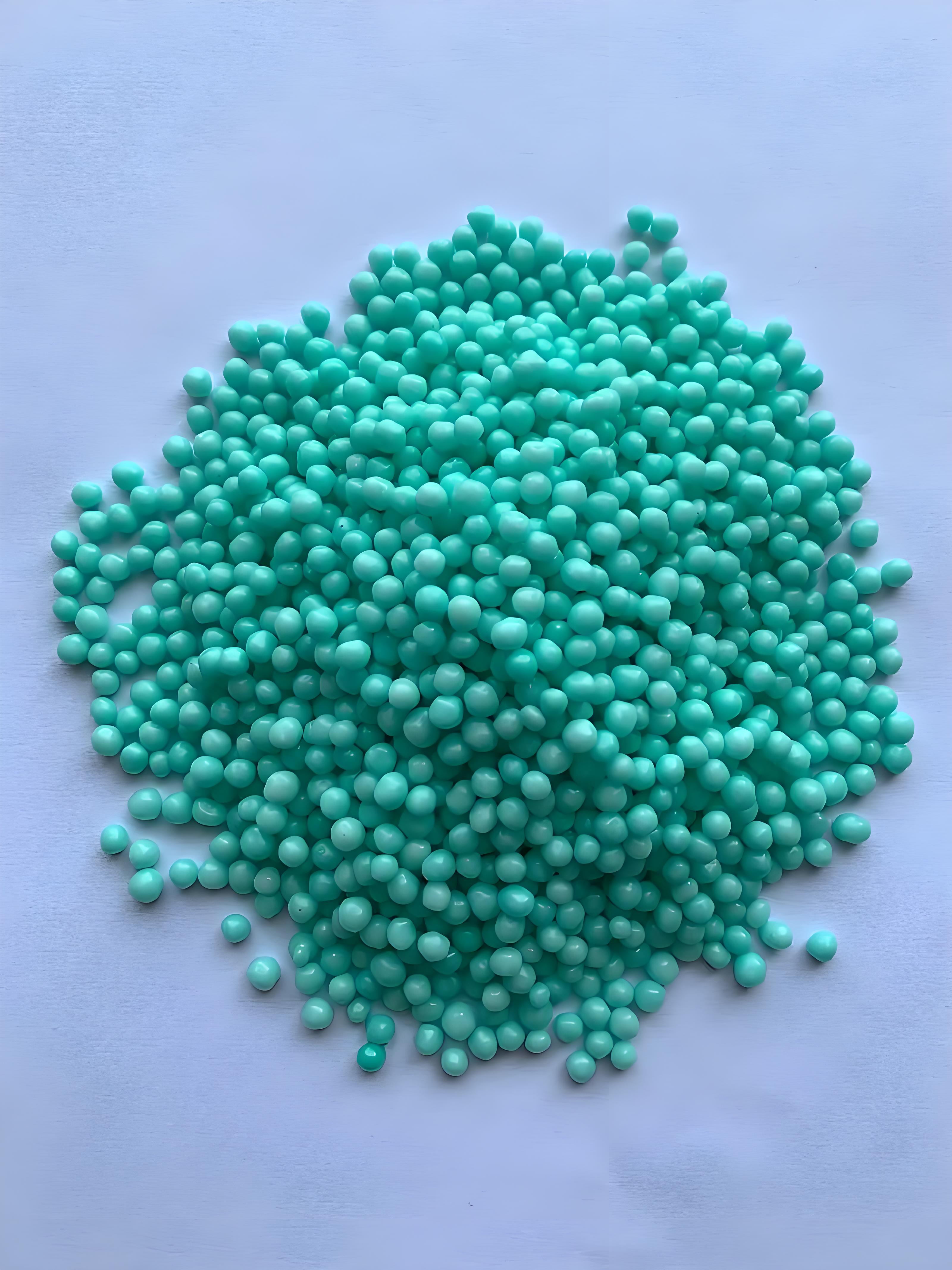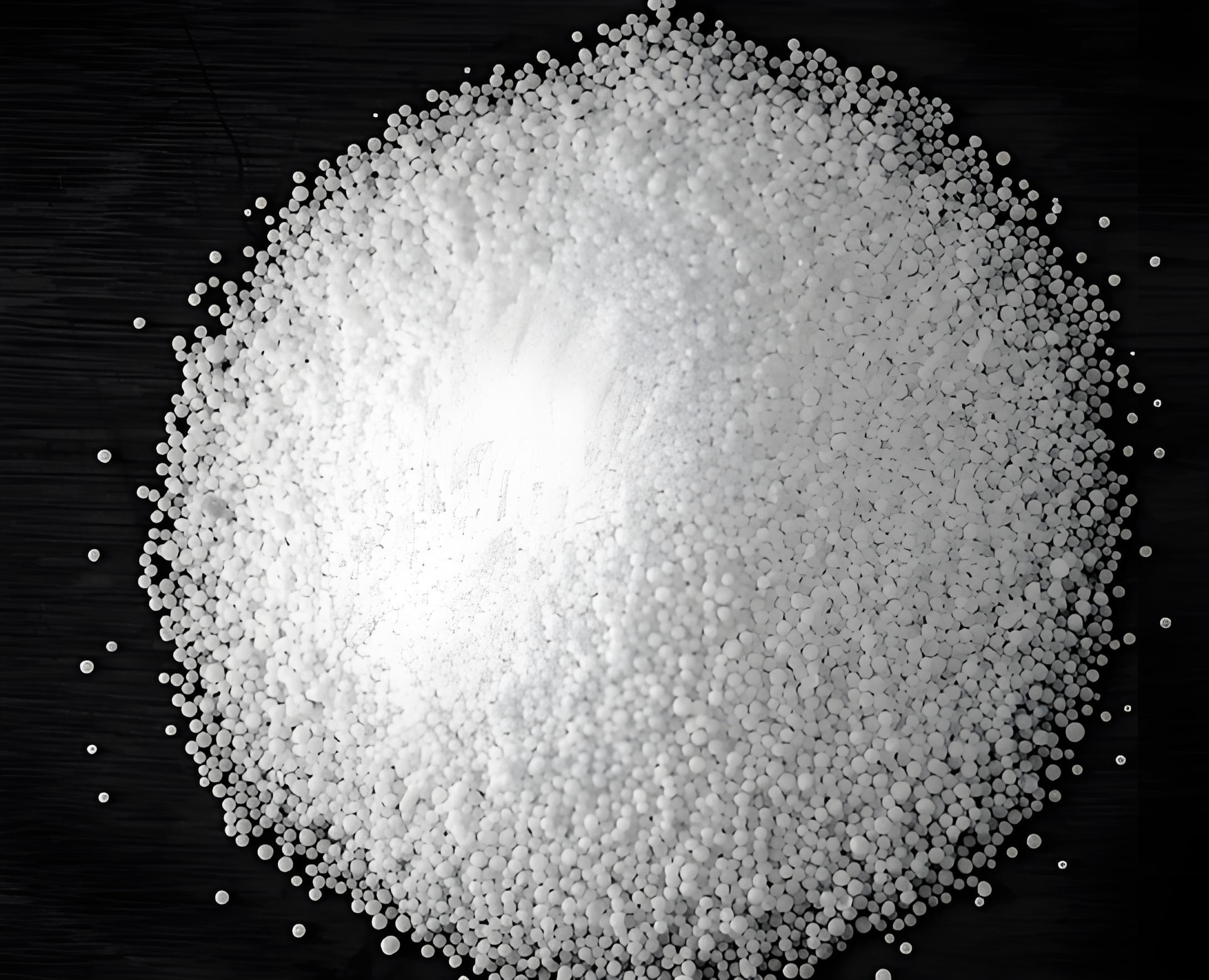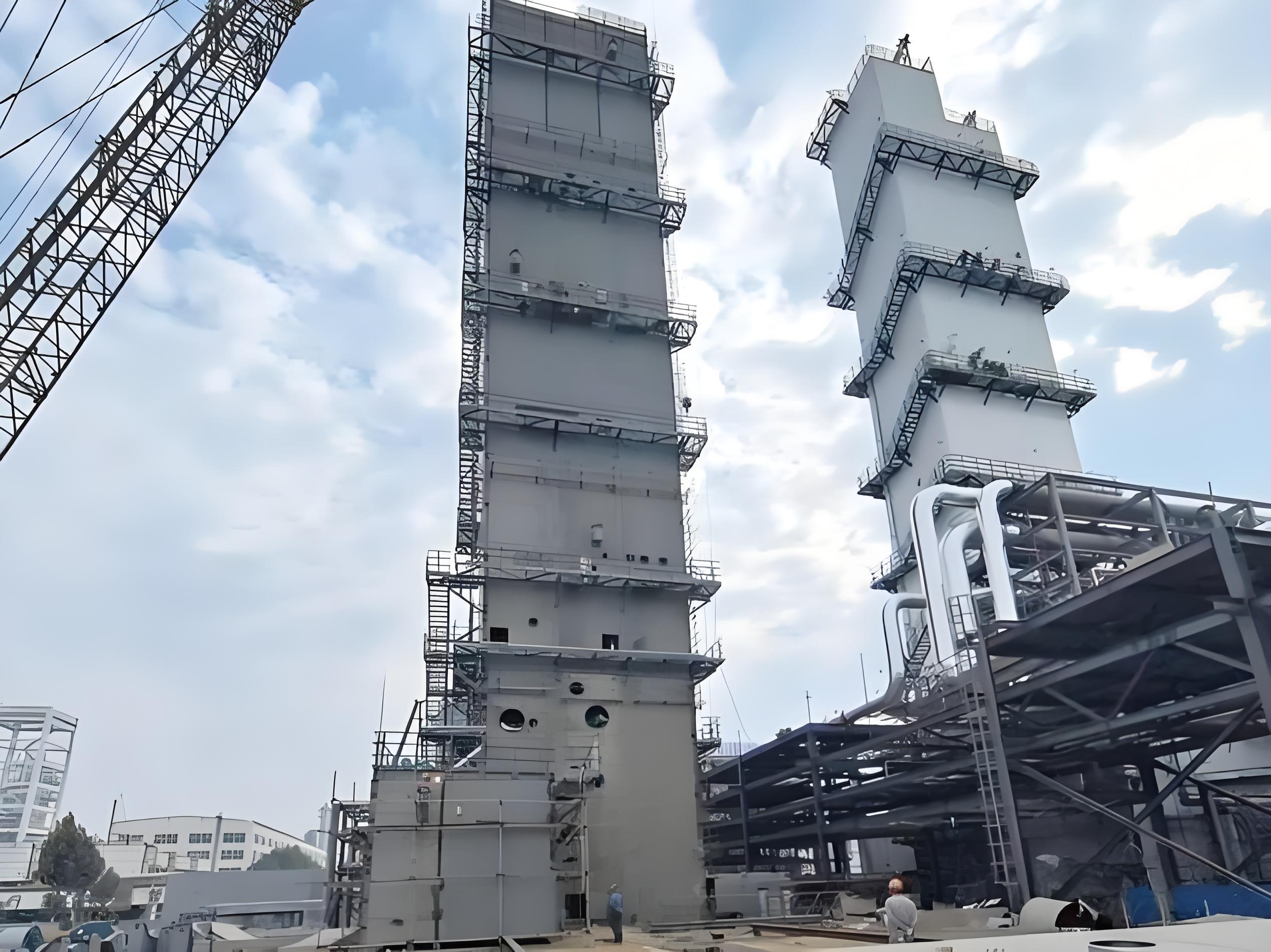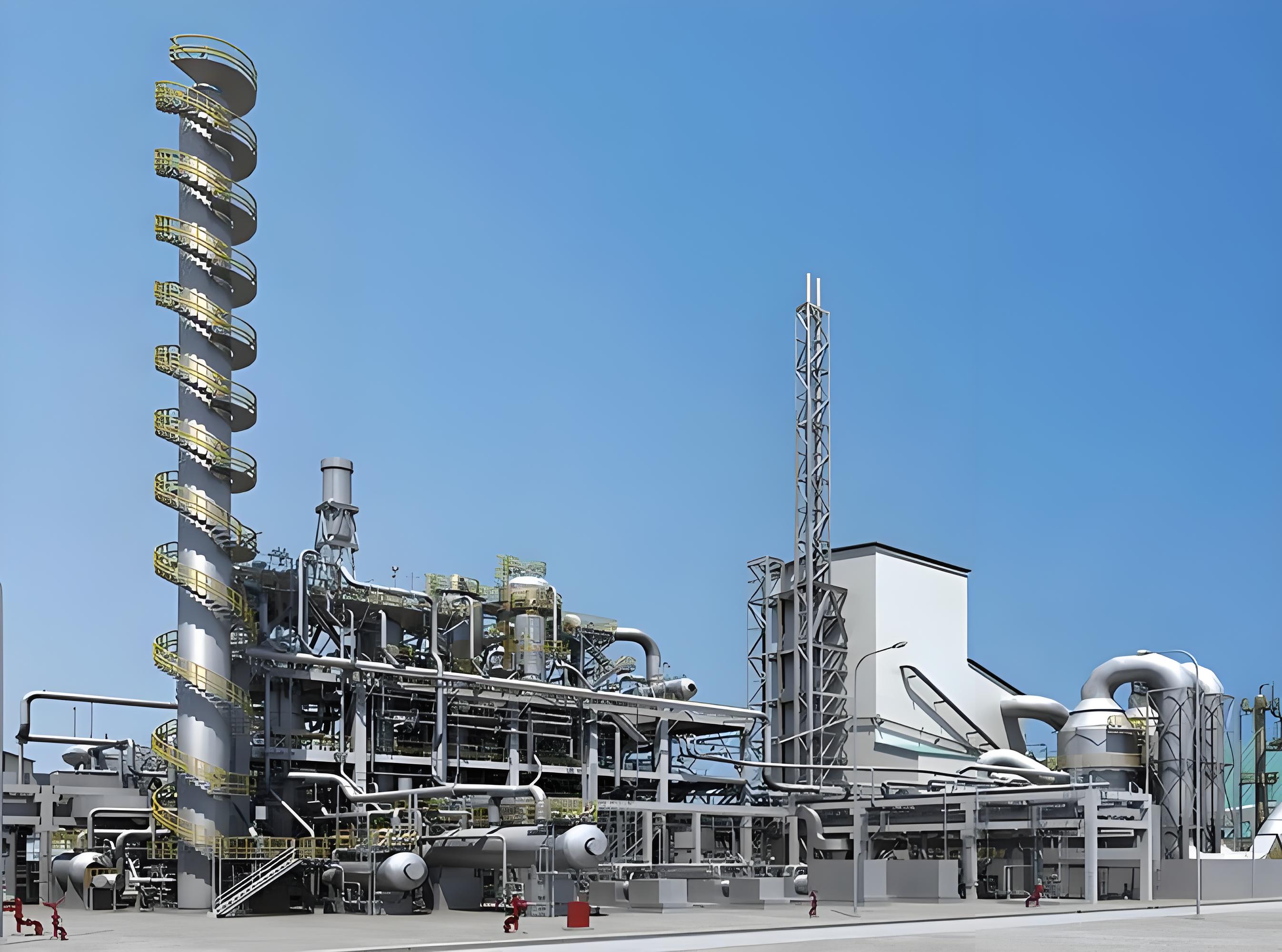Urea pneumatic conveying
On site photos of urea, Dongkai Company provides feasibility analysis, process design, engineering equipment, commissioning, and installation turnkey engineering services for urea material pneumatic conveying systems based on actual usage conditions on site
Urea, also known as urea or carbamide, has the chemical formula CH4N2O or CO (NH2) 2. It is a white crystal, odorless and tasteless, easily soluble in water, ethanol, and benzene, and slightly soluble in ether and chloroform. Urea is one of the simplest organic compounds and the main nitrogen-containing end product of protein metabolism and decomposition in mammals and certain fish. It can be used as a fertilizer, animal feed, explosive, glue stabilizer, and chemical raw material. Because this substance is present in human urine, it is named urea. As a neutral fertilizer, urea is suitable for various soils and plants. It is easy to store, convenient to use, and has little destructive effect on soil. It is a type of chemical nitrogen fertilizer that requires a large amount of use. Urea contains 46% nitrogen (N), which is the highest nitrogen content among solid nitrogen fertilizers. In industry, urea is synthesized using ammonia and carbon dioxide under certain conditions.
physical property:
Appearance: White crystalline powder
Density: 1.335 g/cm ³
Melting point: 131~135 ℃
Boiling point: 382.48 ℃
Molecular formula: CH4N2O
Solubility: Easy to dissolve in water, 108 grams can be dissolved in 100 milliliters of water at 20 ℃, and the aqueous solution is neutral. Easy to dissolve in water, ethanol, and benzene, slightly soluble in ether and chloroform.
chemical property
Urea can react with acids to form salts. Has hydrolysis effect. At high temperatures, condensation reactions can occur to produce biuret, biuret, and cyanuric acid.
Urea can hydrolyze under the action of acid, alkali, and enzyme (acid and alkali require heating) to produce ammonia and carbon dioxide.
Urea is stable at room temperature and pressure. Unstable to heat, heating to 150-160 ℃ will deammoniate to form biuret. Copper sulfate reacts with urea to produce a purple color, which can be used to identify urea If rapidly heated, it will deammoniate and trimerize into a six membered ring compound called cyanuric acid.
Acetylurea and diacetylurea can be generated by reacting with acetyl chloride or acetic anhydride.
Under the action of sodium ethoxide, it reacts with diethyl malonate to form malonylurea (also known as barbituric acid due to its acidity).
Urea formaldehyde resin: a resin formed by the reaction of urea and formaldehyde
Under the action of alkaline catalysts such as ammonia water, it can react with formaldehyde and condense into urea formaldehyde resin.
